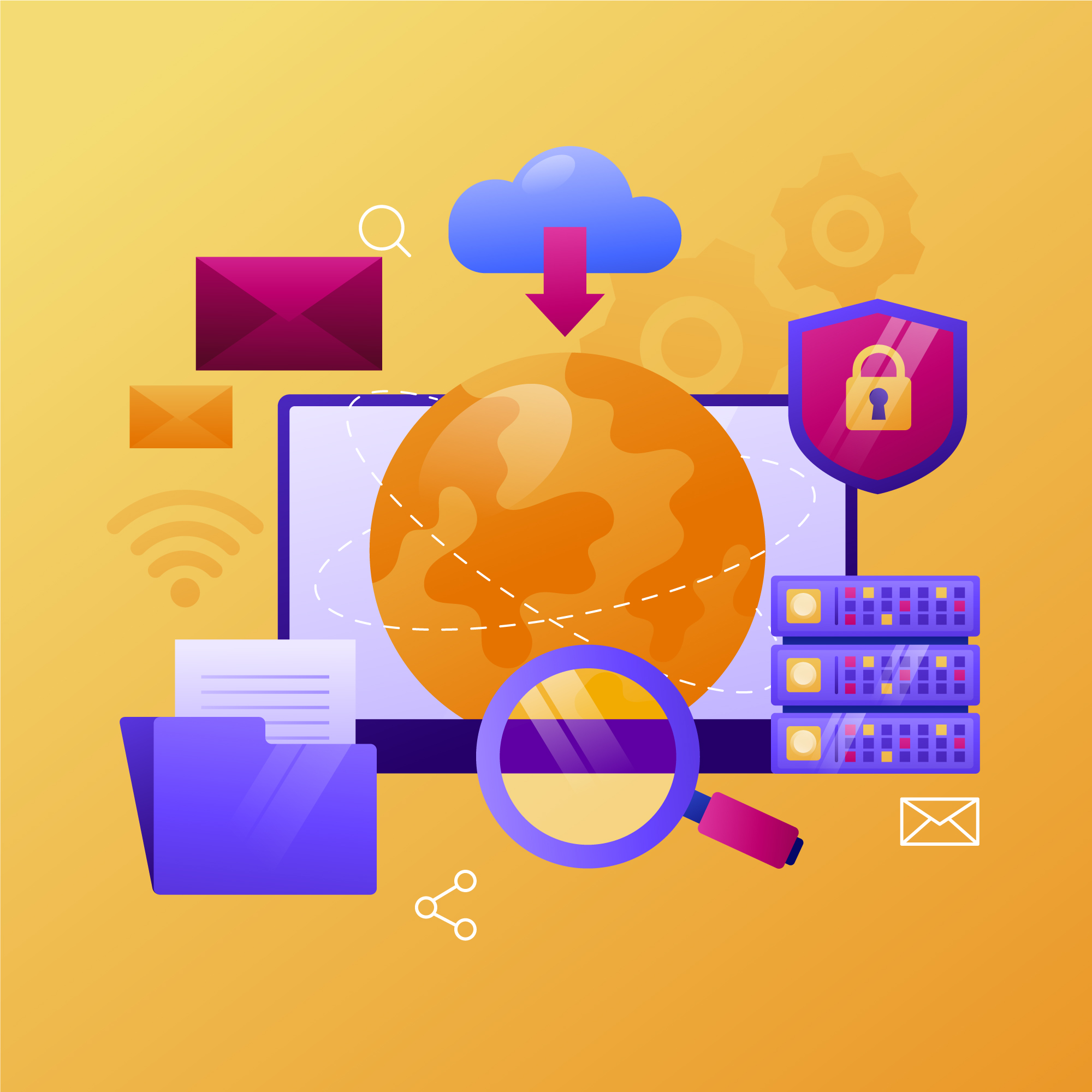In today’s digital age, cybersecurity is more important than ever. From protecting personal information to securing business operations, understanding cybersecurity basics is essential for everyone. Whether you’re an individual looking to safeguard your online presence or a business aiming to protect sensitive data, this guide will walk you through the fundamental concepts of cybersecurity.
What Is Cybersecurity?
Cybersecurity refers to the practice of protecting systems, networks, and data from cyber threats. These threats can range from malware and phishing scams to sophisticated attacks targeting sensitive information. The primary goal of cybersecurity is to ensure the confidentiality, integrity, and availability of data.
Why Is Cybersecurity Important?
With the increasing reliance on technology, cyberattacks have become more prevalent and damaging. Key reasons why cybersecurity matters include:
- Data Protection: Safeguards personal, financial, and business information.
- Business Continuity: Prevents downtime and operational disruptions.
- Trust Building: Enhances customer confidence by ensuring their data is secure.
Cybersecurity is not just a concern for IT professionals; it’s a responsibility that affects everyone.
Common Cybersecurity Threats
To build a strong foundation in cybersecurity, you need to understand the most common threats:
- Malware
Malware, or malicious software, includes viruses, worms, and ransomware. It can infiltrate systems to steal data or cause damage.
- Prevention: Use antivirus software and avoid downloading files from unknown sources.
- Phishing
Phishing involves fraudulent emails or messages designed to trick you into revealing sensitive information like passwords.
- Prevention: Always verify the sender’s email address and avoid clicking on suspicious links.
- Password Attacks
Hackers use techniques like brute force or credential stuffing to gain unauthorized access to accounts.
- Prevention: Use strong, unique passwords and enable two-factor authentication (2FA).
- Man-in-the-Middle (MitM) Attacks
In MitM attacks, hackers intercept communications between two parties to steal data.
- Prevention: Use secure connections like HTTPS and avoid public Wi-Fi for sensitive transactions.
Basic Cybersecurity Practices
Protecting yourself from cyber threats doesn’t have to be complicated. Here are some basic cybersecurity practices that everyone should follow:
1. Use Strong and Unique Passwords
A strong password is your first line of defense against hackers.
- Use a mix of uppercase letters, lowercase letters, numbers, and special characters.
- Avoid using easily guessable information like your name or birthdate.
- Consider using a password manager to securely store and generate passwords.
2. Enable Multi-Factor Authentication (MFA)
MFA adds an extra layer of security by requiring a second form of verification, such as a code sent to your phone.
3. Keep Software and Systems Updated
Outdated software often contains vulnerabilities that hackers exploit.
- Enable automatic updates for your operating system and applications.
- Regularly update firmware for devices like routers and IoT gadgets.
4. Install Antivirus Software
Antivirus programs detect and remove malware before it can cause damage. Choose a reliable antivirus solution and keep it updated.
5. Be Cautious Online
- Avoid clicking on unknown links or downloading attachments from unverified sources.
- Double-check URLs to ensure you’re visiting legitimate websites.
- Be wary of unsolicited emails or messages asking for sensitive information.
6. Secure Your Wi-Fi Network
- Change the default name (SSID) and password of your Wi-Fi network.
- Use WPA3 encryption for stronger security.
- Avoid using public Wi-Fi for sensitive tasks unless connected through a VPN.
7. Backup Your Data Regularly
Regular backups ensure that you can recover your data in case of an attack or hardware failure. Store backups in a secure location, preferably offline.


Cybersecurity Tools for Beginners
There are several tools available to help you stay secure online:
- Password Managers: Tools like LastPass or Dashlane help create and store strong passwords.
- VPNs (Virtual Private Networks): Encrypt your internet connection to protect your online activities.
- Firewalls: Block unauthorized access to your network.
- Antivirus Software: Programs like Norton, McAfee, and Bitdefender provide comprehensive protection.
Cybersecurity for Businesses
For businesses, cybersecurity involves more advanced practices:
- Employee Training: Educate staff about phishing, social engineering, and other threats.
- Data Encryption: Encrypt sensitive data to protect it during transmission and storage.
- Regular Security Audits: Periodically assess systems for vulnerabilities and address them promptly.
- Incident Response Plan: Have a plan in place to respond quickly to cyberattacks and minimize damage.
Emerging Trends in Cybersecurity
As cyber threats evolve, staying informed about emerging trends is crucial:
- AI and Machine Learning: Used for threat detection and response automation.
- Zero Trust Security: Requires continuous verification for users and devices.
- Quantum-Resistant Encryption: Designed to withstand attacks from quantum computers.
- IoT Security: Focuses on securing connected devices that are often targeted by hackers.
Conclusion
Understanding cybersecurity basics is the first step toward protecting yourself and your business from online threats. By following best practices such as using strong passwords, keeping software updated, and being cautious online, you can significantly reduce your risk of falling victim to cyberattacks.
Remember, cybersecurity is not a one-time effort—it’s an ongoing process. As technology evolves, so do the threats. Stay informed, invest in the right tools, and make cybersecurity a priority in your personal and professional life.
With a proactive approach, you can create a safer digital environment and contribute to a more secure online community.

